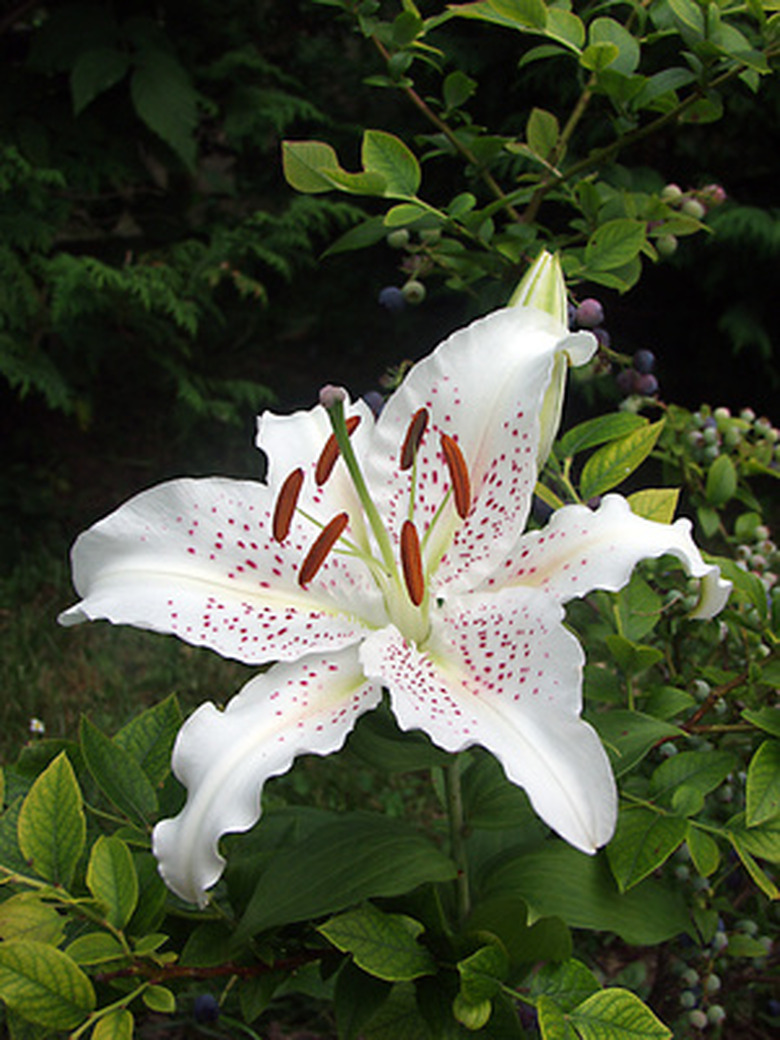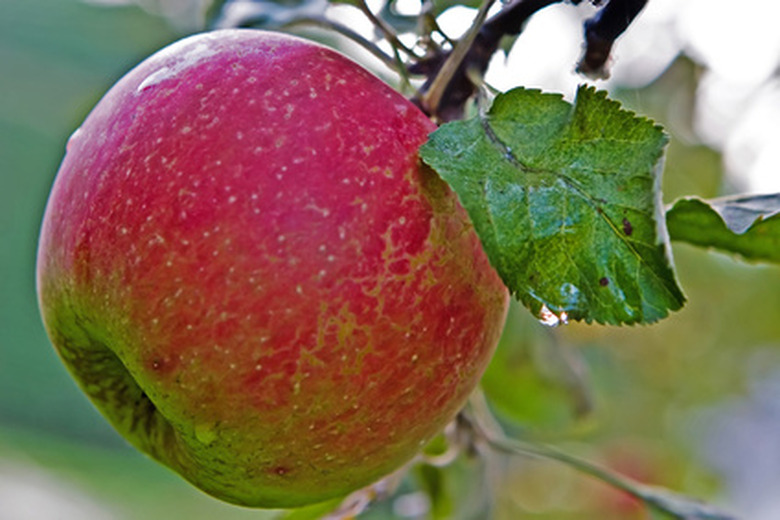What Part Of The Plant Makes Seeds?
In flowering plants, the female reproductive structures that produce seeds are contained within the carpels of the flower. A carpal consists of the stigma, style and ovary. The ovary contains ovules (eggs) that become seeds once they are fertilized.
Pollination
Pollination
Seeds are formed when the male gametes contained in pollen come in contact with the female gametes (ovules) through a process called pollination. Many plants rely on pollinator animals such as a bees or butterflies to transfer pollen from the anther of one flower to the stigma of another flower. From the stigma, pollen travels down the tube-like structure called the style into the ovary where fertilization of the ovules takes place. Once fertilized, the ovules grow into seeds.
Angiosperms
Angiosperms
Angiosperms are the largest and most common group of seed-bearing plants. Angiosperms are vascular plants that produce both flowers and fruit. The fruit of the angiosperm encloses the seed, providing nourishment and protection to the growing embryo. Examples of angiosperms include corn, wheat, roses and apple trees.
Gymnosperms
Gymnosperms
Gymnosperms are vascular plants that bear "naked" seeds—that is, seeds not enclosed in fruit. The most well-know group of gymnosperms are conifers (such as pine trees and fir trees.) Conifer seeds are contained within cones instead of flowers.
Cite This Article
MLA
Williams, Charlene. "What Part Of The Plant Makes Seeds?" sciencing.com, https://www.sciencing.com/what-part-of-the-plant-makes-seeds-12361291/. 21 July 2017.
APA
Williams, Charlene. (2017, July 21). What Part Of The Plant Makes Seeds?. sciencing.com. Retrieved from https://www.sciencing.com/what-part-of-the-plant-makes-seeds-12361291/
Chicago
Williams, Charlene. What Part Of The Plant Makes Seeds? last modified March 24, 2022. https://www.sciencing.com/what-part-of-the-plant-makes-seeds-12361291/

